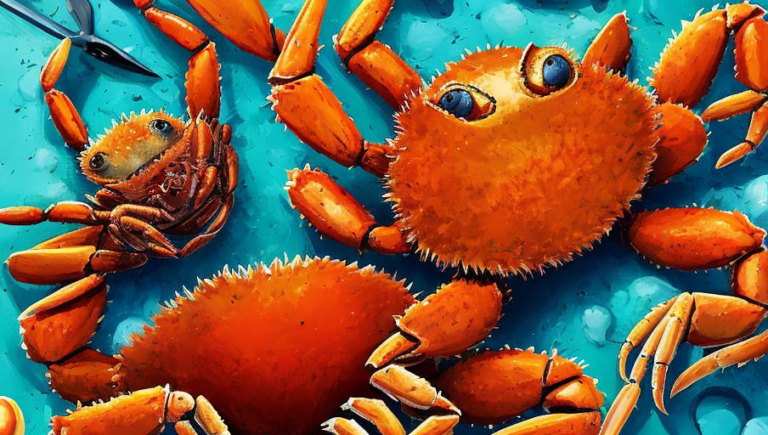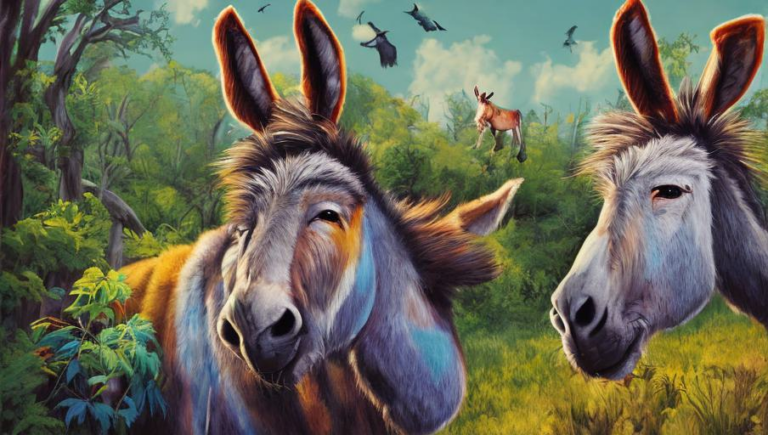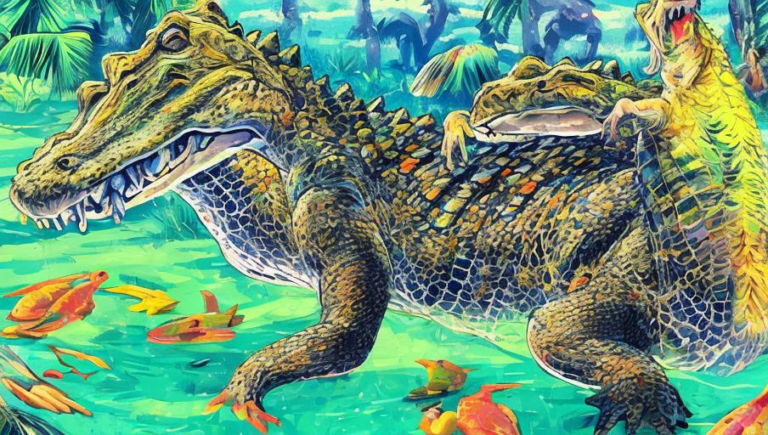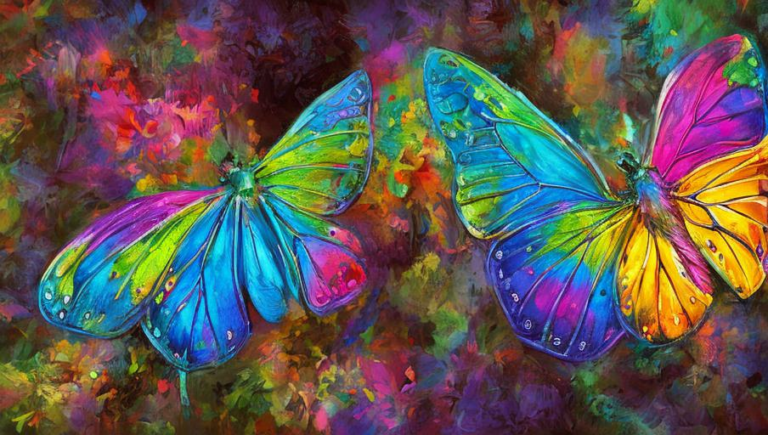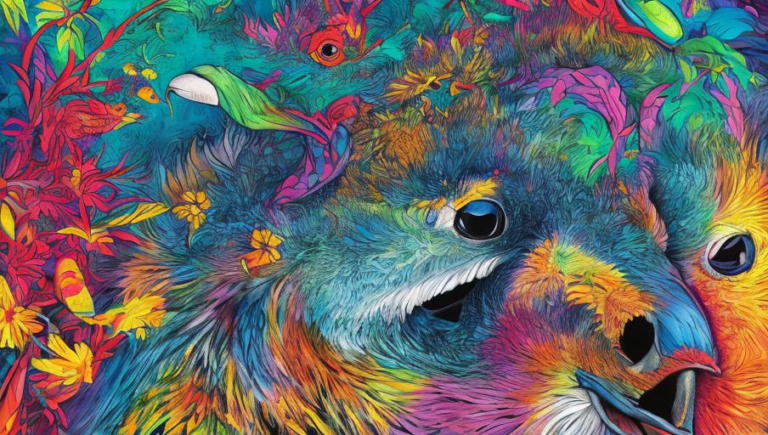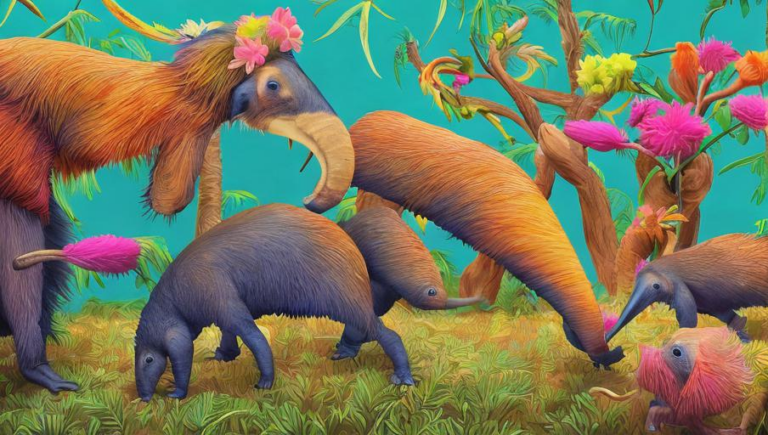Safeguarding the Alligator: Conservation Efforts
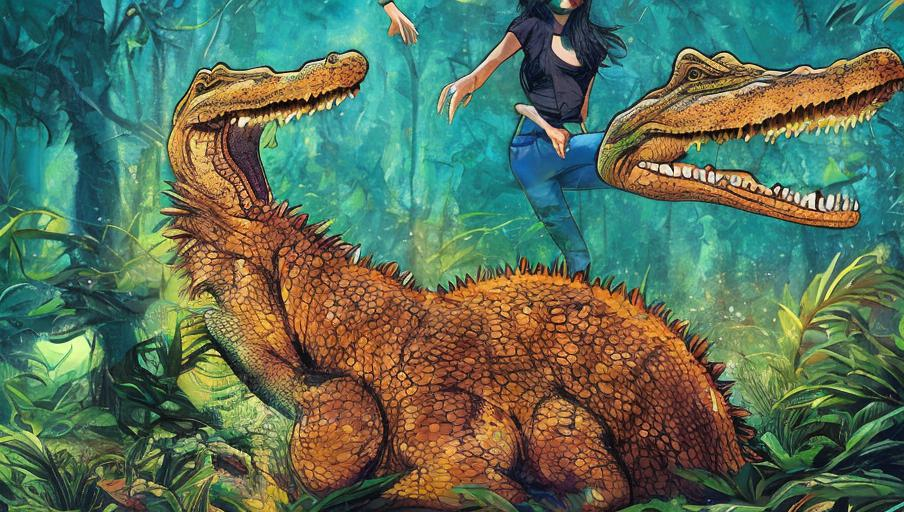
The Alligator: Nature’s Magnificent Beast
The alligator is a remarkable species of reptile that has captured the imaginations of people all over the world. Native to the swamps and wetlands of the southeastern United States, the alligator is a powerful creature that has been around since the time of the dinosaurs. It is an apex predator, capable of taking down large prey, and can reach lengths of up to 15 feet and weights of over 1,000 pounds. Alligators are an important part of the natural environment, helping to keep the ecosystem in balance by keeping populations of prey species in check. Unfortunately, this amazing animal is threatened by habitat loss, pollution, and hunting for its hide and meat.
The Need for Conservation
In the United States, alligators are listed as “threatened” under the Endangered Species Act. This means that the species is at risk of becoming endangered, and requires additional protection in order to survive. The primary threat to alligators is the loss of their wetland habitats, primarily due to human development. As wetlands are destroyed, alligators are pushed out of their natural habitat. Other threats include illegal hunting and trapping, as well as pollution and climate change.
Conservation Efforts
Conservationists are working hard to protect alligators and their habitats. The US Fish and Wildlife Service has created a program to protect alligators, which includes the establishment of protected areas, monitoring of alligator populations, and the enforcement of laws against illegal hunting and trapping. Additionally, wildlife organizations are working to educate the public about the importance of alligators and their habitats. These efforts have resulted in a slow but steady increase in alligator populations.
Things You Can Do
There are several ways individuals can help conserve alligators and their habitats. First and foremost, it is important to be aware of the threats to alligators and to work to reduce them. This can include reducing water pollution, limiting development in wetland areas, and avoiding activities that could disturb the animals. Additionally, individuals can support organizations that are working to conserve alligators, either by donating money or volunteering their time.
Conclusion
The alligator is a fascinating species of reptile, and an important part of the natural environment. Unfortunately, alligators are threatened by habitat loss, hunting, and other human activities. Conservation efforts are underway to protect this amazing animal, and individuals can help by reducing the threats and supporting conservation organizations. By working together, we can ensure that alligators will continue to thrive in their natural habitats for generations to come.
